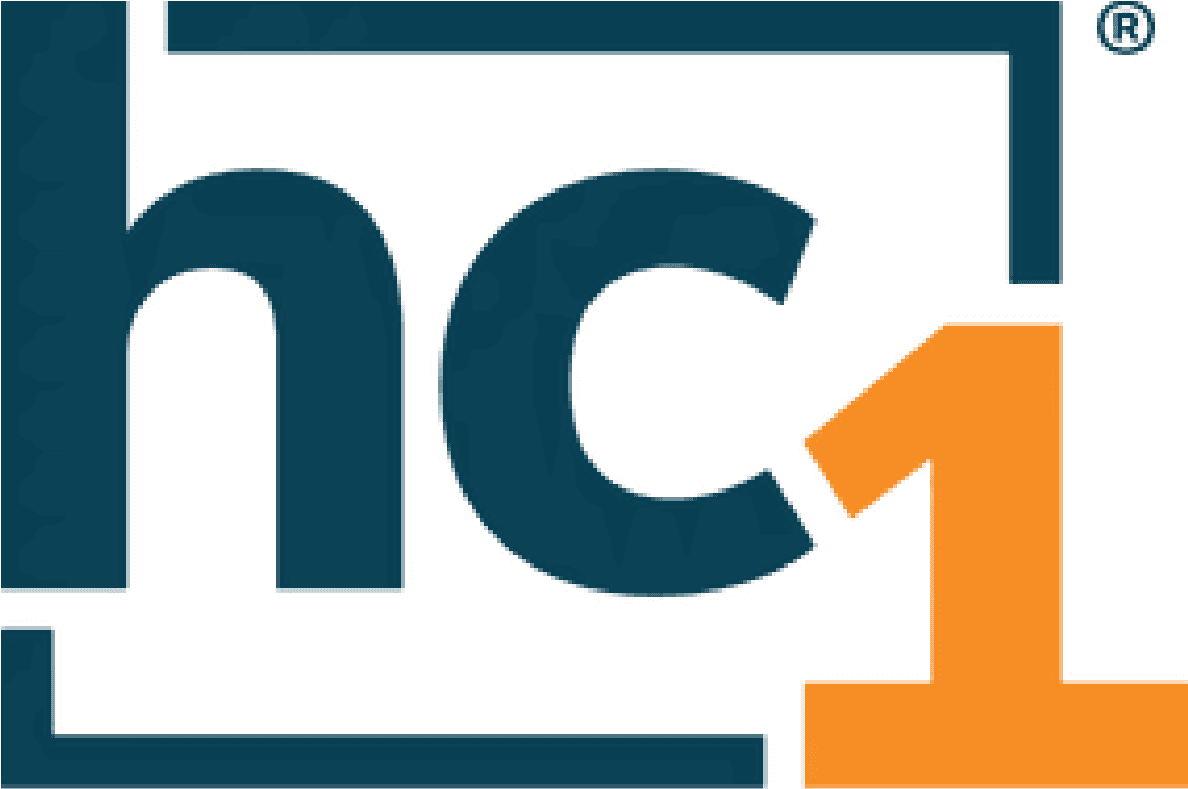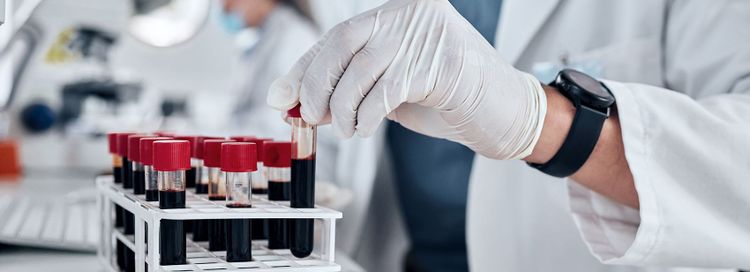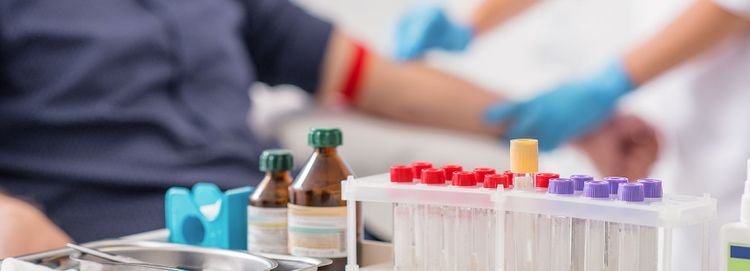January 31, 2022
COVID-19 has strained laboratory testing resources at all levels, from supplies and equipment to personnel and management. Lab operations researchers and leaders are examining the lessons learned from the past two years to build more resilient, flexible, and efficient organizations that are responsive to their communities’ ever-changing healthcare needs.
Heavy performance pressure
The Journal of Medical Microbiology article “Impact of different SARS-Cov-2 assays on laboratory turnaround time” describes the challenges microbiology laboratory staff at Lausanne University Hospital in Switzerland faced when implementing three new assays for COVID-19 during the first half of 2020. Short turnaround times were needed both to enable tracing to control the spread of the disease and to respond to critical situations in surgery and emergency departments.
- Assay availability. Early in the pandemic, staff had to develop their own assay because other options were not available. This custom assay was also used later on when one of the faster, more efficient commercial assays had technical difficulties.
- Supply availability. Pipet tips, PCR plates, and reagents were scarce early in the pandemic, and supply issues often determined which assay was used or how soon samples could be run after they were received.
- Staff availability. The custom assay required more technicians to run than the commercial assays, and one of the commercial assays required specialized technicians who weren’t available late at night.
Using a combination of assays to adjust for all these changing factors allowed the staff to process high volumes of tests, yet maintain the flexibility to process a smaller number of tests more quickly when needed.
Dramatic volume shifts and spend changes
In the American Journal of Clinical Pathology article, “The Lab Must Go On: Clinical Laboratory Management in a World Turned Upside Down,” doctors Brian R. Jackson and Jonathan R. Genzen describe how the management of ARUP Laboratories, a large national reference laboratory located in Utah, had to break some long-standing business rules and recommit to core principles in 2020.
Beginning in March 2020, ARUP Laboratories saw their routine chemistry, hematology, and coagulation test volumes in their hospital and clinic labs and their high-volume automated chemistry and toxicology test volumes in their automated core laboratory drop. At the same time, COVID-19 testing caused viral testing volumes at the molecular infectious disease laboratories to soar. Management had to divert financial resources and people from other departments to COVID-19 testing efforts.
But a complete shift of resources wasn’t and won’t ever be possible if laboratories are to support patients with the full spectrum of tests they need. Quality must be maintained across departments. “Adaptations in management and supervisory coverage can help create space for rapid change while preserving the routine operational activities in other areas,” state Jackson and Genzen.
Another important adaptation was changing the approach to laboratory finances. Cash flow was king during the COVID-19 crisis, as annual budgets gave way to urgent needs. The testing volume shift meant that there was decreased revenue from routine testing at the same time there were increased expenses for COVID-19 testing supplies and equipment. Many planned, yet nonessential, purchases had to be postponed, and management adopted a more dynamic view of budgeting.
Throughout the crisis, management realized that sharing timely information across departments was the key to successfully collaborating through all the changes. Investments in the technology and team to make that sharing and collaboration possible were and will continue to be worthwhile even after the crisis passes.
Though turnaround time pressure and volume and spend dynamics are different in non-pandemic times, lab management still needs to have a variety of up-to-the-minute data readily available to respond to changing circumstances. The typical lab information system doesn’t provide the level of analytics and insight required to learn from this unprecedented experience and better prepare for the healthcare challenges ahead. hc1 has more than a decade’s worth of experience gleaning operational insights from laboratory data. For more information about the hc1 Analytics™ solution, request a demo.












